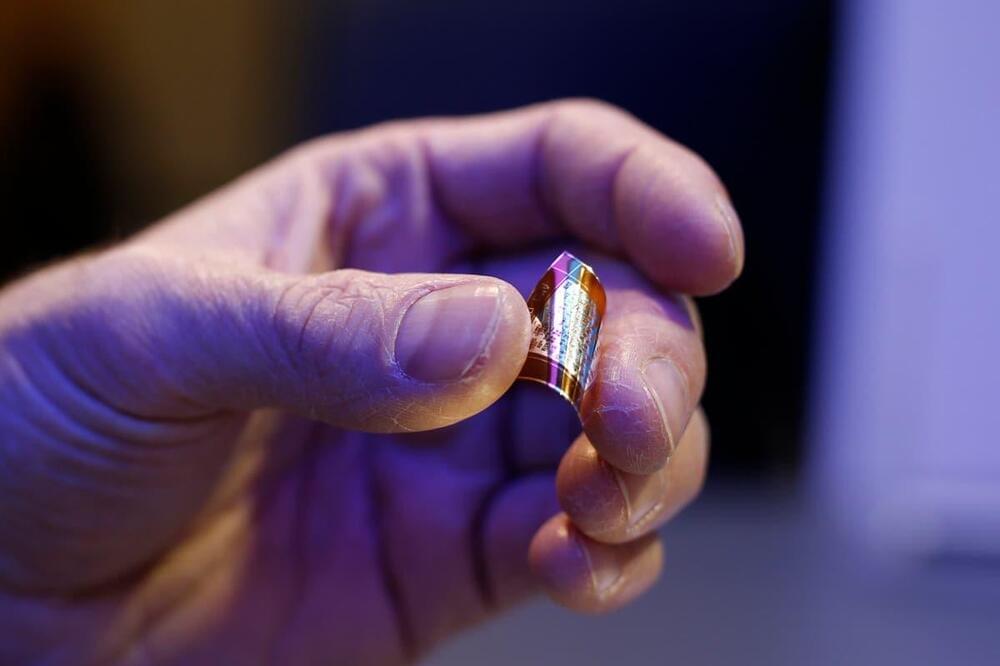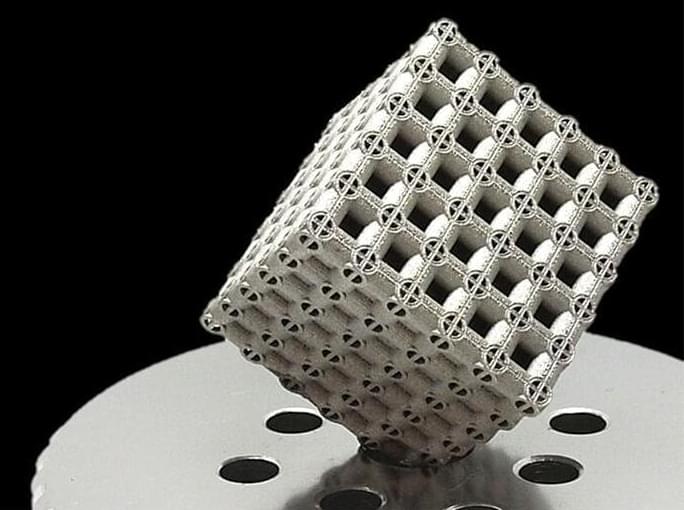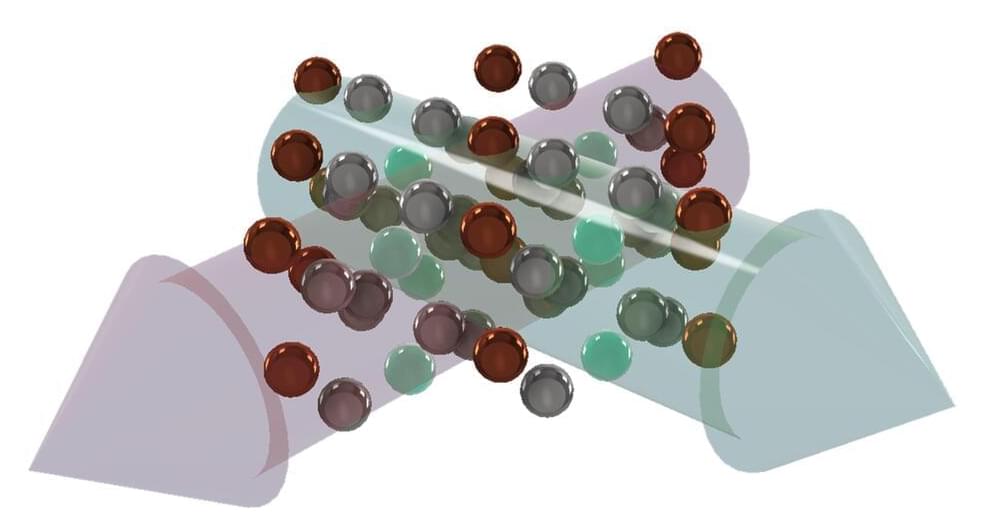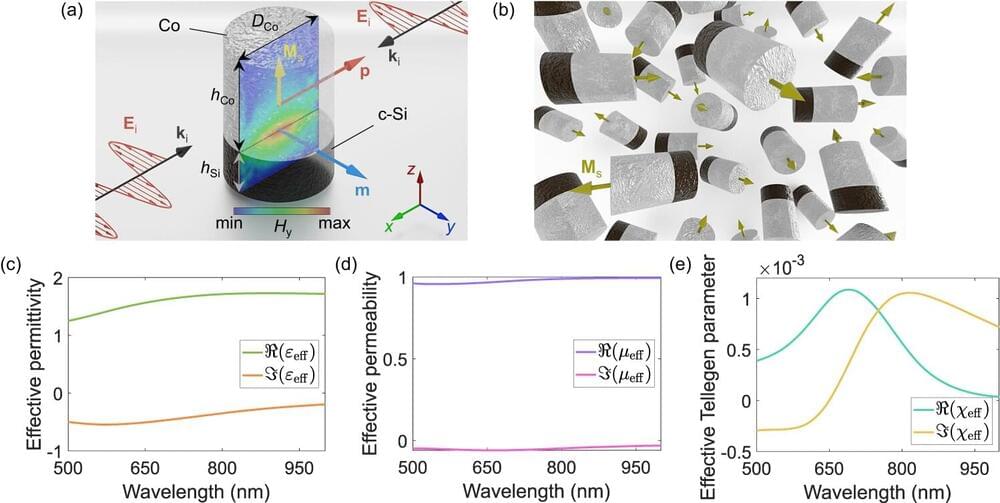Year 2022 Basically this enzyme could destroy the great garbage patch and all plastics in the ocean 😀 😍
Chemists unlock the secrets of a plastic-eating bacterium, hoping to harness them for good.


Year 2023 😗 😁
A new study published in the Journal of Hazardous Materials by researchers at the Royal Botanic Gardens, Kew, and partners has identified a diverse microbiome of plastic-degrading fungi and bacteria in the coastal salt marshes of Jiangsu, China.
The international team of scientists counted a total of 184 fungal and 55 bacterial strains capable of breaking down polycaprolactone (PCL), a biodegradable polyester commonly used in the production of various polyurethanes. Of these, bacterial strains within the genera Jonesia and Streptomyces have the potential to further degrade other petroleum-based polymers—natural or synthetic chains of molecules bound together.
The plastic-degrading microorganisms were sampled in May 2021 from Dafeng in eastern China, a UNESCO-protected site near the Yellow Sea Coast. The sampling confirmed the presence of a terrestrial plastisphere, a term that is relatively new to terrestrial ecology as past studies have primarily focused on marine environments. The microbiome of this “man-made ecological niche” of coastal plastic debris was further found to be distinct from the surrounding soil.


Researchers have demonstrated that magnetic spin waves called magnons can be controlled by voltage and thus could operate more efficiently as information carriers in future devices.
Magnonic devices are being developed to transmit signals, not with electrons, but with magnons—traveling waves in the magnetic ordering of a material. New work provides one of the missing elements of the magnonics toolbox: a voltage-controlled magnon transistor [1]. The device is made up of a magnetic insulator sandwiched between two metal plates. The researchers show that they can control the flow of magnons in the insulator through voltages applied to the plates. The results could lead to more-efficient magnonic devices.
A magnon can be imagined as a row of fixed magnetic elements, or “spins,” that tilt and rotate their orientations in a coordinated pattern. This “spin wave” can carry information through a material without involving the movement of charges, which can cause undesirable heating in a circuit. Magnonics—though still in its infancy—is a potentially energy-efficient alternative to traditional electronics, says Xiu-Feng Han from the Chinese Academy of Sciences. The challenge right now for the magnonics field, he says, is developing practical versions of the four basic components of a magnonic circuit: a generator, a detector, a switch, and a transistor.


A groundbreaking titanium metamaterial with unparalleled strength and versatility could revolutionize manufacturing and high-speed aviation.
A lightweight, high-strength titanium material has been engineered that could lead to stronger medical devices and innovative vehicle and spacecraft designs. The research team used a common titanium alloy, Ti-6Al-4V, to construct the “metamaterial”, a term used to describe an artificial material that possesses unique properties not observed in nature — meta means “beyond” in Greek.
Many such intricate and surprisingly strong structures do exist in nature, like that of the Victoria water lily. Native to South America, this gigantic floating leaf is strong enough to support an adult owing to the unique lattice structure of it veins.

Ferromagnetism and antiferromagnetism have long been known to scientists as two classes of magnetic order of materials. Back in 2019, researchers at Johannes Gutenberg University Mainz (JGU) postulated a third class of magnetism, called altermagnetism. This altermagnetism has been the subject of heated debate among experts ever since, with some expressing doubts about its existence.
Recently, a team of experimental researchers led by Professor Hans-Joachim Elmers at JGU was able to measure for the first time at DESY (Deutsches Elektronen-Synchrotron) an effect that is considered to be a signature of altermagnetism, thus providing evidence for the existence of this third type of magnetism. The research results were published in Science Advances.

A new approach has allowed researchers at Aalto University to create a kind of metamaterial that has so far been beyond the reach of existing technologies. Unlike natural materials, metamaterials and metasurfaces can be tailored to have specific electromagnetic properties, which means scientists can create materials with features desirable for industrial applications.
The new metamaterial takes advantage of the nonreciprocal magnetoelectric (NME) effect. The NME effect implies a link between specific properties of the material (its magnetization and polarization) and the different field components of light or other electromagnetic waves. The NME effect is negligible in natural materials, but scientists have been trying to enhance it using metamaterials and metasurfaces because of the technological potential this would unlock.
The work is published in the journal Nature Communications.

An international research group has identified a novel state of matter, characterized by the presence of a quantum phenomenon known as chiral current.
These currents are generated on an atomic scale by a cooperative movement of electrons, unlike conventional magnetic materials whose properties originate from the quantum characteristic of an electron known as spin and their ordering in the crystal.